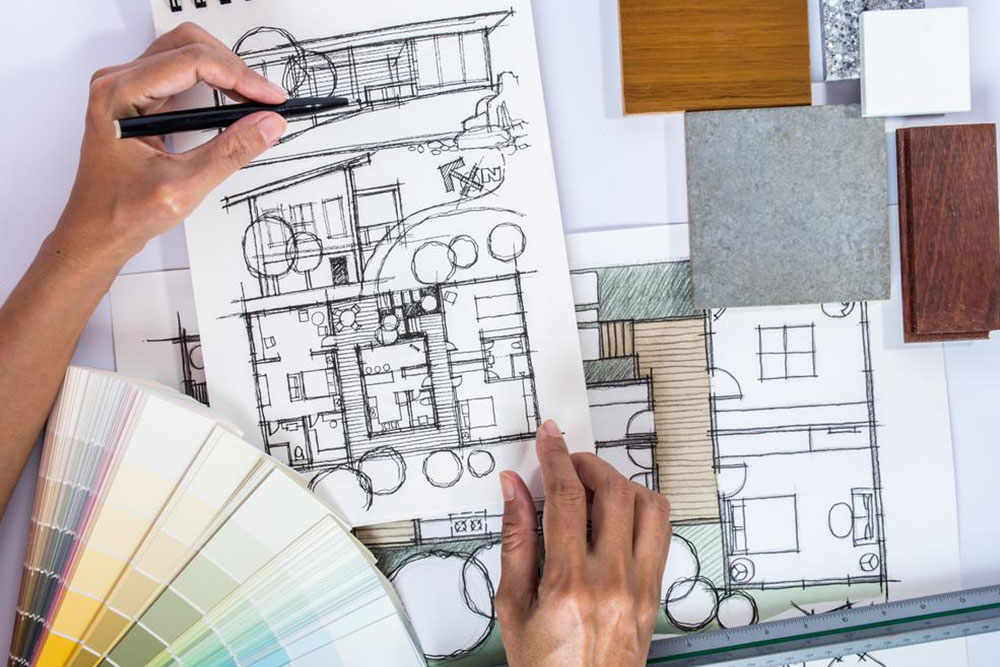The evolution of remodeling construction
Renovation, or otherwise known as remodeling, has been a crazed addition to the furnishing industry as the demand for something better, bigger and simply different came about. It has been in demand ages before modern times arrived. When an individual wants their living spaces to have a different shape, size, and structure, it is no aspect fair to build it from the ground up. To avoid this unnecessary and definitely heavy on the pocket task, the stalwarts in the industry began to offer custom made services to handle the always-required need of expertise for all and any kind of renovation work.

Basics of remodeling and renovation
Renovation by the very word is defined as a process to improve a damaged or broken part of a structure. This definition covers the term in the most minimal sense of its meaning. However, tracing the history of the job, remodeling would only be undertaken on large scale projects and it would originate from financiers whose bank balance was well-equipped with multiple zeros. Remodeling from a different angle can also mean rejuvenating an old structure and it might also mean a task to make something new, adding new additions to the already existing structure.
For architects and designers, renovation used to be considered as a project which would occupy a partial portion of their work, as the majority of their workload would be to construct new structures. They would focus on demolition of a probably perfect building and rebuild another structure afterward which could have been formed on the original skeleton.
The growth of modern remodeling
Well, this was the saga of remodeling yesterday. From the tales of buildings like the White House and Palaces being remodeled, today it has become a reality to renovate one’s own living spaces and work areas. In the late 20th century, when the industrial revolution was in full bloom, the common public deemed it necessary to invest their hard-earned money in giving a new face to their homes and later on the this thought reached office spaces too. However, despite having this urge and demand of new and accessible services, there were little or too expensive options one could resort to if one dreamt about remodeling their homes.
As science and learning progressed, the raging demand paved the way for eager minds to learn more about something which never was considered as art or a topic to study. Simultaneously as these wise minds became capable in the business from their work in design labs, interested companies and conglomerates became an incubation house for young minds to experiment and apply their ideas in a real-life arena of remodeling and construction.